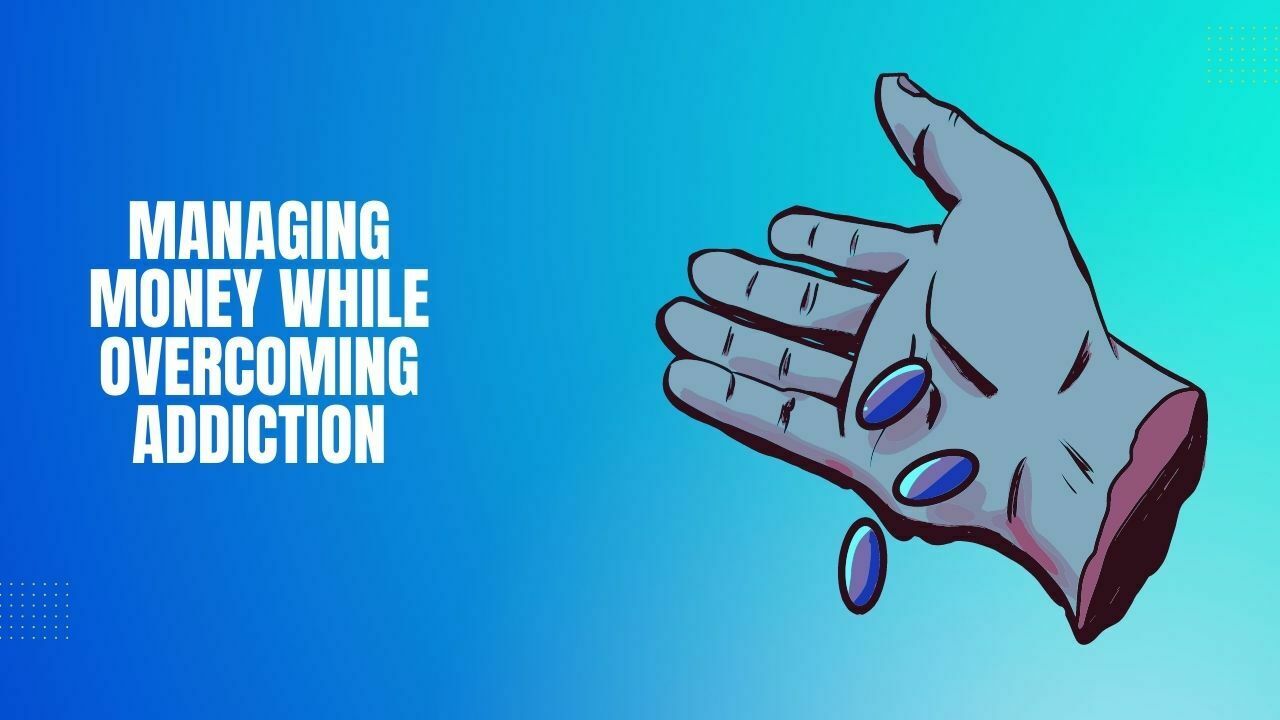Let’s talk about something that’s often overlooked in personal finance: managing money while overcoming addiction.
Did you know that addiction affects millions of Americans each year?
According to the Substance Abuse and Mental Health Services Administration (SAMHSA), nearly 46.3 million adults in the United States struggled with a substance use disorder in 2021 (report published in 2023).
That’s a staggering statistic, and it’s important to recognize that addiction can have a profound impact on not just our physical and mental health, but our financial well-being as well.
If you or someone you know is in addiction recovery, it’s crucial to have a plan in place for managing money.
Whether you’re dealing with debt, struggling to make ends meet, or simply trying to rebuild your financial future, there are steps you can take to ensure you’re on the right track.
Managing money while overcoming addiction starts with developing healthy habits like practicing self-care, avoiding impulsive purchases, increasing your income, and prioritizing your financial goals, you can regain control of your finances and your life.
That’s why today, I want to share with you seven secrets to managing money while overcoming addiction.
These tips are specifically geared towards millennials, who statistically have higher rates of addiction and may need additional support in managing their finances during recovery.
So, whether you’re in the early stages of recovery or well on your way to a sober lifestyle, keep reading to learn the seven secrets to managing money while overcoming addiction.
By implementing these strategies, you’ll be well on your way to a healthier, happier, and more financially stable future.
1. Secret #1: Establish a Budget
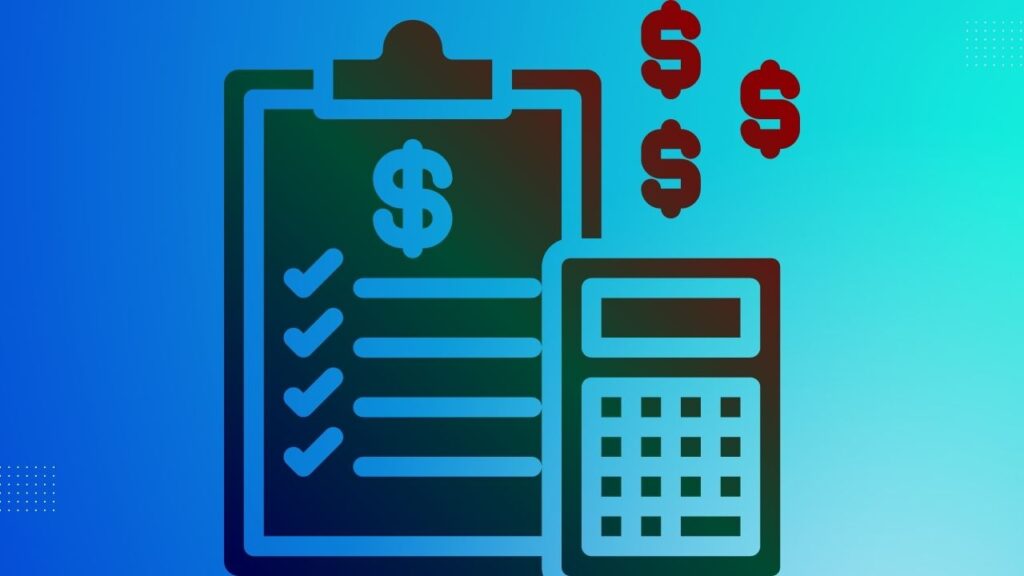
One of the most important secrets to managing money while overcoming addiction is to establish a budget.
It’s crucial to create a plan for your finances, especially during the early stages of recovery when you may be dealing with debt or financial struggles.
In fact, a study by the National Institute on Drug Abuse found that individuals in addiction recovery who have financial problems are more likely to relapse than those who don’t.
Creating a budget can help you stay on track and avoid financial stressors that could trigger a relapse.
1.1 Steps to Creating a Budget
So, how do you create a budget?
Here are the steps:
- List all income sources: Start by listing all your income sources, including your salary, side hustle income, and any other sources of income you may have.
- Determine fixed and variable expenses: Next, make a list of your monthly expenses, including fixed expenses like rent, utilities, and car payments, as well as variable expenses like groceries, entertainment, and clothing.
- Calculate disposable income: Subtract your expenses from your income to determine your disposable income. This is the amount of money you have left over each month after paying your bills and other expenses.
1.2 Examples of Budgeting Tools for Millennials
There are many budgeting tools available for millennials that can make the budgeting process easier.
Here are a few examples:
- Mint: Mint is a popular budgeting app that allows you to connect your bank accounts, track your spending, and create a budget all in one place.
- Personal Capital: Personal Capital is another budgeting app that allows you to track your spending and create a budget. It also offers investment tracking and financial planning tools.
- YNAB (You Need A Budget): YNAB is a budgeting app that uses a zero-based budgeting system, which means you assign every dollar to a job. It also offers goal tracking and debt payoff tools.
- Excel spreadsheets: For those who prefer a more traditional approach, creating a budget in an Excel spreadsheet can be a simple and effective way to track your finances.
By creating a budget and using one of these budgeting tools, you can gain better control over your finances and stay on track during addiction recovery.
2. Secret #2: Prioritize Debt Repayment
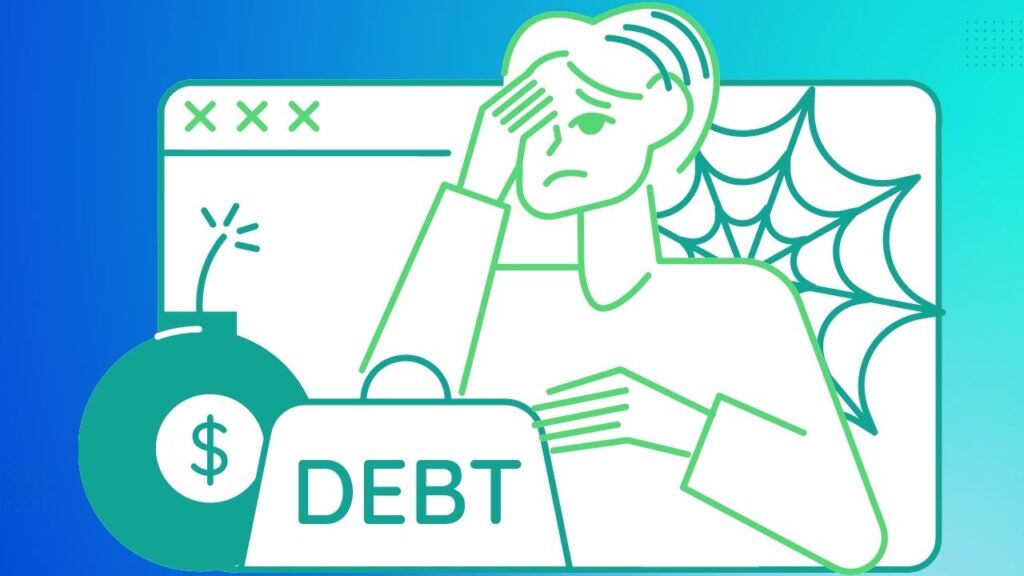
Debt can be a major obstacle to addiction recovery.
According to a study by the Substance Abuse and Mental Health Services Administration, individuals in addiction recovery who have high levels of debt are more likely to experience depression, anxiety, and stress.
This can make it more difficult to stay sober and focused on recovery. Additionally, debt can lead to financial stressors that may trigger a relapse.
Prioritizing debt repayment is an essential step to managing your finances while overcoming addiction.
2.1 Steps to prioritizing debt repayment
Here are the steps to prioritizing debt repayment:
- Identify all debts: Start by making a list of all your debts, including credit card debt, student loans, and any other loans you may have.
- Determine interest rates and minimum payments: For each debt, determine the interest rate and minimum payment amount. This will help you prioritize which debts to pay off first.
- Develop a debt repayment plan: Based on the interest rates and minimum payments, develop a plan to pay off your debts. This could include paying off the debt with the highest interest rate first or paying off the debt with the lowest balance first.
2.2 Tips for accelerating debt repayment
Here are some tips for accelerating debt repayment:
- Make extra payments: Making extra payments towards your debt can help you pay it off faster and save money on interest.
- Cut expenses: Look for ways to cut expenses in your budget, such as canceling subscription services or reducing dining-out expenses. Use the money saved to make extra debt payments.
- Increase income: Consider taking on a side hustle or finding ways to increase your income to accelerate debt repayment.
- Seek professional help: If you’re struggling with debt repayment, consider seeking the help of a financial advisor or credit counselor who can provide guidance and support.
Prioritizing debt repayment can help you get on track financially and improve your chances of success in addiction recovery.
By following these steps and tips, you can take control of your finances and work towards a debt-free future.
3. Secret #3: Build an Emergency Fund
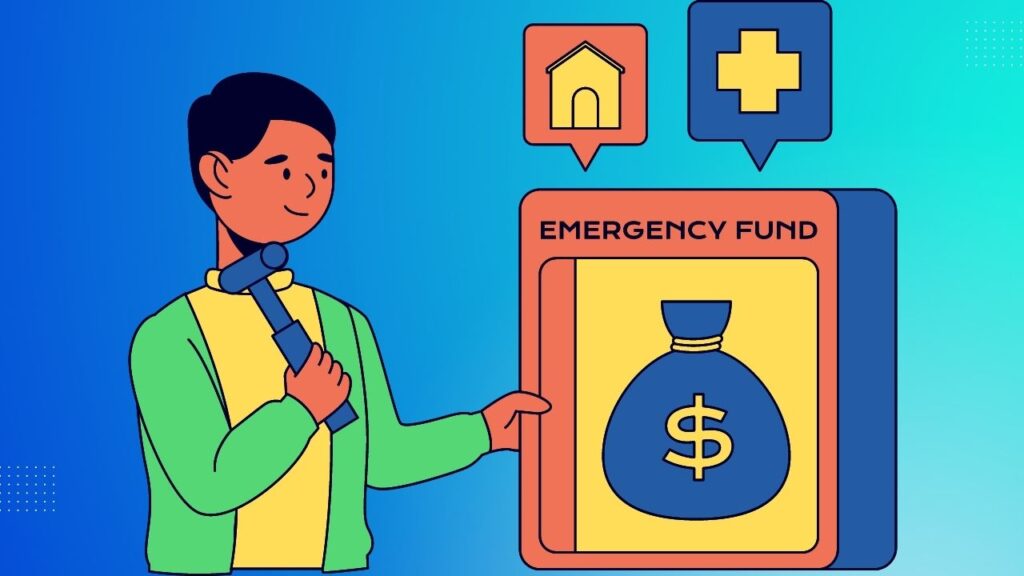
An emergency fund is essential for managing your finances while overcoming addiction. It provides a safety net in case of unexpected expenses, such as medical bills or car repairs.
Without an emergency fund, you may be forced to rely on credit cards or loans to cover these expenses, which can lead to debt and financial stress.
Building an emergency fund is a critical step toward financial stability and can help you stay on track with addiction recovery.
3.1 Steps to Building an Emergency Fund
Here are the steps to building an emergency fund:
- Set a savings goal: Determine how much you need to save in your emergency fund. A good rule of thumb is to aim for three to six months’ worth of living expenses.
- Determine a savings plan: Create a plan for how you will save money towards your emergency fund. This could include setting up automatic transfers from your checking account to a savings account or allocating a portion of your income towards savings each month.
- Tips for maintaining an emergency fund: Once you’ve built your emergency fund, it’s important to maintain it. Here are some tips:
- Keep the money separate: Keep your emergency fund in a separate savings account from your other savings to avoid accidentally dipping into it for non-emergency expenses.
- Replenish the fund: If you do have to use the emergency fund, make a plan to replenish it as soon as possible.
- Review and adjust: Periodically review your emergency fund to ensure that it’s still sufficient for your needs. Adjust your savings plan as necessary.
Having an emergency fund can provide peace of mind and financial security during addiction recovery.
By setting a savings goal, creating a savings plan, and following these tips for maintaining the fund, you can build a strong financial foundation for your future.
4. Secret #4: Create a Financial Support System

Managing finances can be tough, but when you’re recovering from addiction, it can be even harder.
It’s important to have a support system that can help you stay on track financially and emotionally.
Did you know that people in recovery with a support system are more likely to achieve long-term sobriety?
It’s true.
And having a financial support system can help you achieve long-term financial stability too.
4.1 Steps to Creating a Financial Support System
- Identify potential support systems: The first step is to identify potential support systems. This could be family members, close friends, a sponsor, or even a financial advisor. These people should be trustworthy, reliable, and willing to help you manage your finances.
- Discuss financial goals with your support system: The next step is to discuss your financial goals with your support system. What do you want to achieve financially? Do you want to pay off debt, save for a down payment on a house, or build an emergency fund? Having a clear understanding of your financial goals can help your support system provide you with the right guidance and assistance.
- Tips for maintaining communication with the support system: Finally, it’s important to maintain communication with your support system. Here are a few tips to keep in mind:
- Schedule regular check-ins: Set up a time to check in with your support system to discuss your progress and any challenges you’re facing.
- Be honest: Don’t be afraid to be honest about your financial situation. Your support system is there to help you, and they can’t do that if they don’t know the full picture.
- Take responsibility: Remember that ultimately, you are responsible for your financial decisions. Your support system can provide guidance and assistance, but it’s up to you to make the right choices.
Table: Examples of potential financial support systems
| Support System | Description |
| Family members | Trustworthy family members can provide emotional and financial support |
| Close friends | Reliable friends can offer guidance and assistance |
| Sponsor | A sponsor can provide support and accountability for managing finances |
| Financial Advisor | A financial advisor can offer professional guidance and advice |
4. Secret #5: Invest in Your Future

Investing in your future is crucial to achieving long-term financial stability and security.
Did you know that millennials who invest early in life are likely to have twice as much money saved for retirement as those who wait until their 30s?
That’s a huge difference.
Investing allows your money to grow over time and helps you achieve your financial goals faster.
3.1 Steps to Investing in the Future
- Determine investment goals: The first step to investing in your future is to determine your investment goals. Do you want to save for retirement, a down payment on a house, or a child’s education? Knowing your investment goals will help you determine the right investment strategy.
- Research investment options: Next, research investment options that align with your goals and risk tolerance. Some common options include stocks, bonds, mutual funds, and real estate. It’s important to understand the potential risks and rewards of each option before making any investments.
- Tips for maintaining a long-term investment strategy: Finally, it’s important to maintain a long-term investment strategy to achieve your goals. Here are a few tips to keep in mind:
- Diversify your portfolio: Don’t put all your eggs in one basket. Diversify your investments to minimize risk.
- Stay disciplined: Don’t let short-term market fluctuations dictate your investment decisions. Stay disciplined and stick to your long-term investment strategy.
- Rebalance your portfolio: Over time, your investment portfolio may become unbalanced due to market fluctuations. Rebalance your portfolio periodically to maintain your desired asset allocation.
Table: Examples of Investment Options
| Investment Option | Description |
| Stocks | Ownership in a publicly traded company |
| Bonds | A debt instrument issued by a government or corporation |
| Mutual Funds | A pool of money invested in a variety of stocks and bonds |
| Real Estate | Investment in physical property such as rental properties or REITs |
6. Secret #6: Find Ways to Increase Income
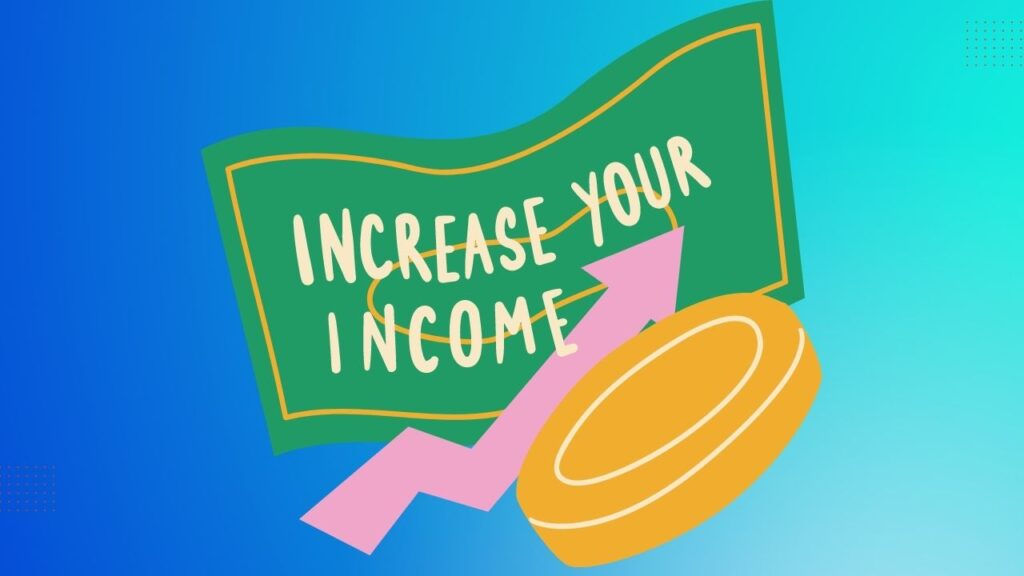
Increasing your income can be a huge help in supporting addiction recovery.
Stress is a common trigger for relapse, and having a steady stream of income can help alleviate some of that stress.
Additionally, having a job or other source of income can provide structure and purpose, which can be especially important during the recovery process.
6.1 Steps to finding ways to increase income
- Identify potential income sources: The first step to finding ways to increase your income is to identify potential income sources. This could include side hustles, freelance work, or a part-time job. Consider your skills and interests when exploring potential income sources.
- Explore job opportunities: Next, explore job opportunities in your field or other areas that interest you. Sites like LinkedIn and Indeed can be great resources for job postings. Consider networking with people in your industry to learn about job openings and opportunities.
- Tips for maintaining a work-life balance: Finally, it’s important to maintain a work-life balance to avoid burnout and maintain your recovery progress. Here are a few tips to keep in mind:
- Set boundaries: Don’t let work take over your personal life. Set boundaries around your work hours and stick to them.
- Prioritize self-care: Make sure to prioritize self-care activities like exercise, meditation, and socializing to maintain your mental and physical health.
- Don’t take on too much: It’s important to know your limits and not take on too much work or responsibilities. Be realistic about what you can handle and don’t hesitate to say no.
Table: Examples of Potential Income Sources
| Income Source | Description |
| Side Hustles | Part-time work in addition to your main job. Ex. Uber driver |
| Freelance Work | Contract-based work in your area of expertise |
| Part-time Job | A job with reduced hours and/or flexibility |
7. Secret #7: Practice Self-Care

Practicing self-care is an essential part of addiction recovery.
Recovery can be emotionally and mentally draining, and it’s important to take care of yourself during the process.
Self-care can help you manage stress, improve your mental health, and maintain a positive outlook.
7.1 Steps to practicing self-care
- Develop a self-care routine: The first step to practicing self-care is to develop a routine that works for you. This could include activities like exercise, meditation, journaling, or spending time with loved ones. It’s important to find activities that you enjoy and that help you relax.
- Set boundaries: Setting boundaries is another important part of self-care. This could mean saying no to activities or commitments that don’t serve your well-being, or setting limits around work or social media use. By setting boundaries, you can prioritize your own needs and avoid burnout.
- Tips for maintaining self-care practices: Finally, it’s important to maintain self-care practices over time. Here are a few tips to keep in mind:
- Make self-care a priority: Don’t let other activities or commitments push self-care to the side. Prioritize self-care as an essential part of your daily routine.
- Be consistent: Try to practice self-care activities regularly, whether it’s daily, weekly, or monthly.
- Adjust as needed: Your self-care routine may need to change over time based on your needs and circumstances. Don’t be afraid to adjust your routine as needed.
Table: Examples of Self-Care Activities
| Activity | Description |
| Exercise | Physical activity like running, yoga, or weightlifting |
| Meditation | Mindful breathing and relaxation practices |
| Journaling | Writing down thoughts and feelings |
| Spending Time with Loved Ones | Socializing with family or friends |
Bottom Line…
I hope you found the article on managing money while overcoming addiction useful and informative.
As someone passionate about personal finance for millennials, I believe it’s important to address the unique challenges that come with managing money while dealing with addiction.
One of the key takeaways from the article is that addiction can have a significant impact on your finances.
In fact, a study by the National Bureau of Economic Research found that individuals with a substance abuse disorder were more likely to experience financial difficulties and have lower credit scores than those without a disorder.
But don’t worry, the article also offered some helpful tips and strategies for managing your money while overcoming addiction.
From setting financial goals to seeking professional help, there are many steps you can take to improve your financial situation and build a brighter future.
Of course, it’s important to remember that managing money while overcoming addiction is not easy. It takes time, effort, and a willingness to make changes.
But with the right tools and resources, you can overcome these challenges and take control of your finances.
So, if you’re struggling with addiction and finances, know that you’re not alone. There are many people and resources available to help you along the way.
Keep pushing forward, stay committed to your goals, and remember that a brighter financial future is within reach.
